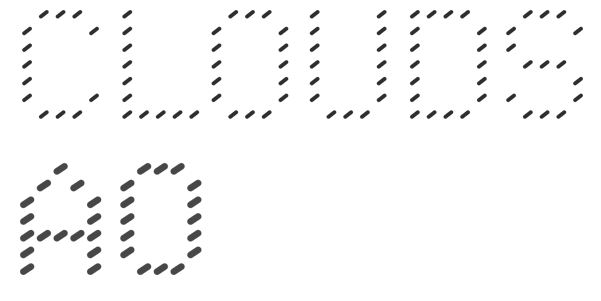
Figure 1: Positioning extraction module
The Comet Runner image series explores the idea of manned interstellar space flight to adjacent planetary systems within our galaxy. Measurable gains in efficiency can be made by 'hitching a ride' with a medium sized exocomet, extracting its resources for the duration of the journey, enabling humans to exit the heliosphere. ESA's Rosetta mission has inspired these images by demonstrating the viability of landing a unit onto a comet's surface (Philae onto 67P/Churyumov-Gerasimenko in 2014).
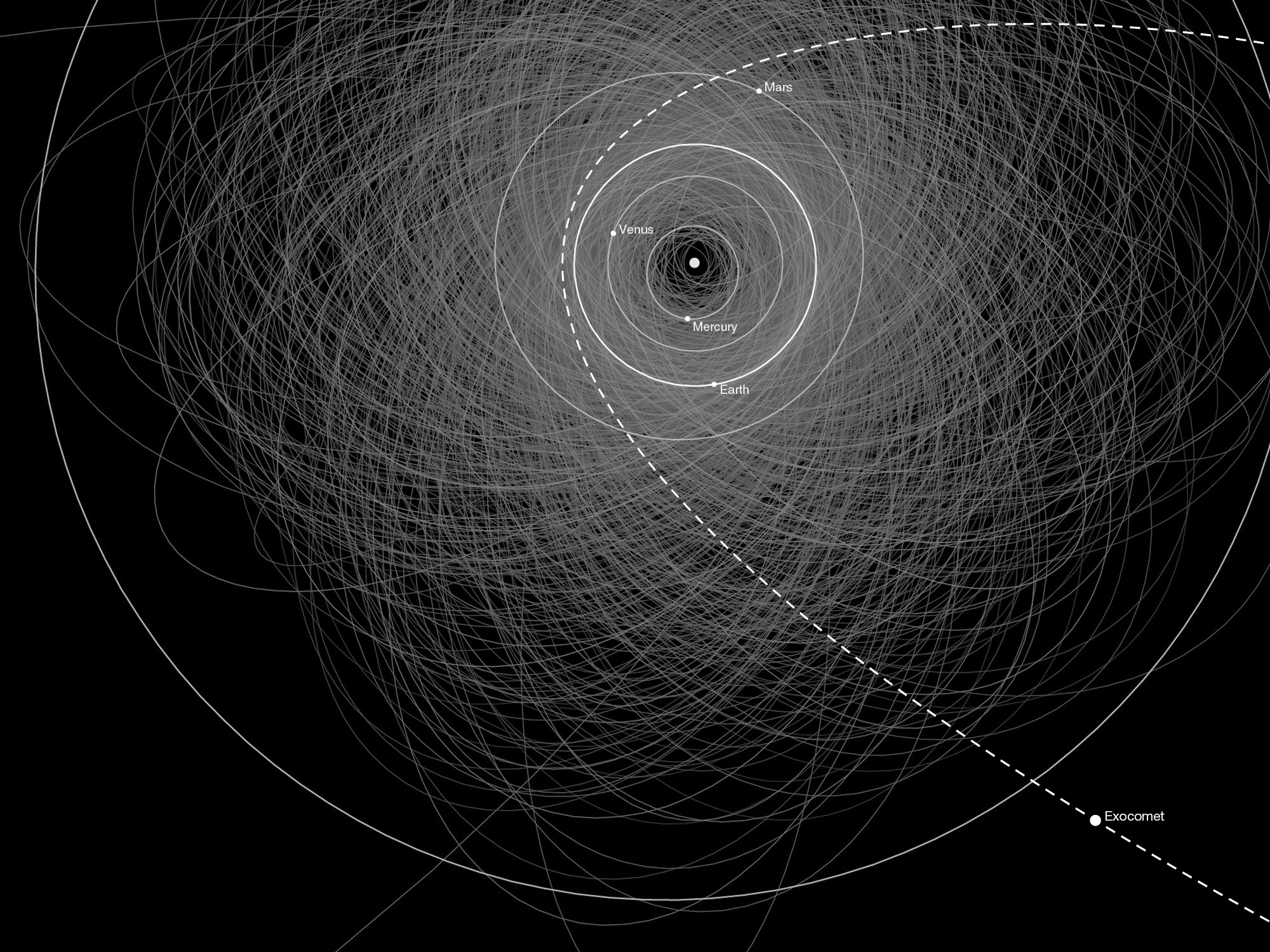
Figure 2: Orbital paths of near earth objects
It is hypothesized that there are billions of roughly 20-km diameter comets in the Oort cloud, some of which are nudged into long-period orbits through the inner solar system (figure 2), while many others (exocomets) are ejected from our solar system through gravitational scattering caused by passing stars and the galactic tide. These extrasolar comets travel through interstellar space and are not gravitationally bound to a star. Exocomets are fossils left over from planet formation, and are composed of some of the building blocks for life. Many contain compounds such as water, methane, carbon monoxide and hydrogen cyanide -- which can be converted to things useful for a long distance space mission, such as fuel, oxygen, plastics, refrigerant and fertilizer.
The Comet Runner concept proposes a habitable space station trailing a medium sized exocomet (figure 3), drifting in its hyperbolic orbit. The target exocomet would be identified and prescreened to ensure it contains volatile compounds necessary for the mission. The modular space station would house extraction equipment (figure 4), a processing plant for sorting raw materials, a laboratory for converting mined material into usable compounds, storage tanks for refined materials, a greenhouse, as well as living and recreation quarters for mission staff. Landers would harvest surface dust as 3D-printer media, from which temporary surface dwellings would be printed and inhabited, after sufficient gravity is induced by augmenting the comets natural axial rotation.
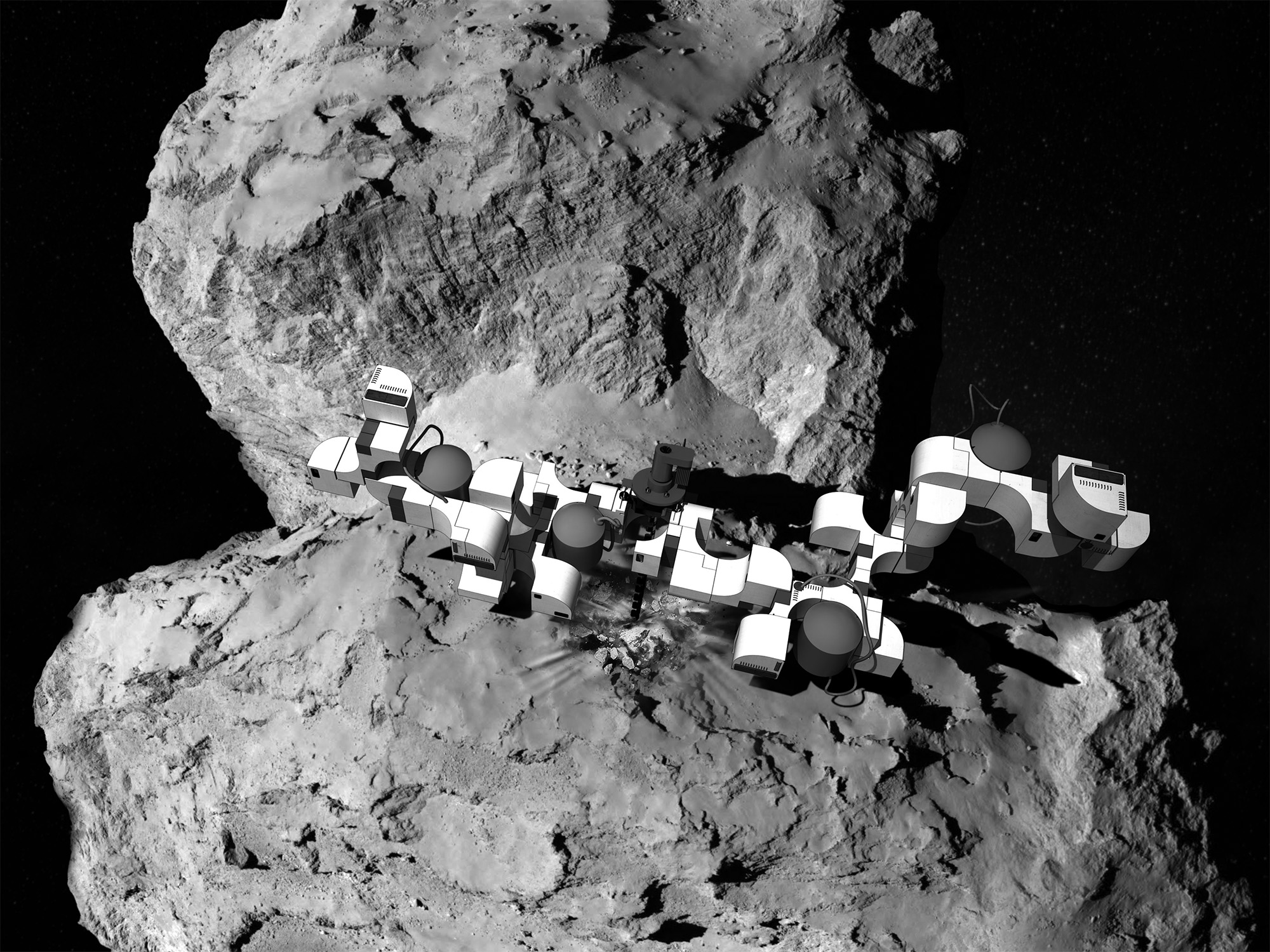
Figure 3: Comet Runner station trailing exocomet
The mission would start by rendezvousing with the target comet: matching its orbit as it passes nearest to earth, delivering and assembling the space station components (figures 5,6). As the station is assembled the comet's morphological and geological features would be mapped to ensure the most efficient utilization of its resources, without compromising the structural integrity of the comet. For the duration of the trip the comet would be actively mined, sustaining overall mission activities. Its orbit would be monitored and adjusted as needed to achieve the desired extrasolar destination.

Figure 4: Surface drilling
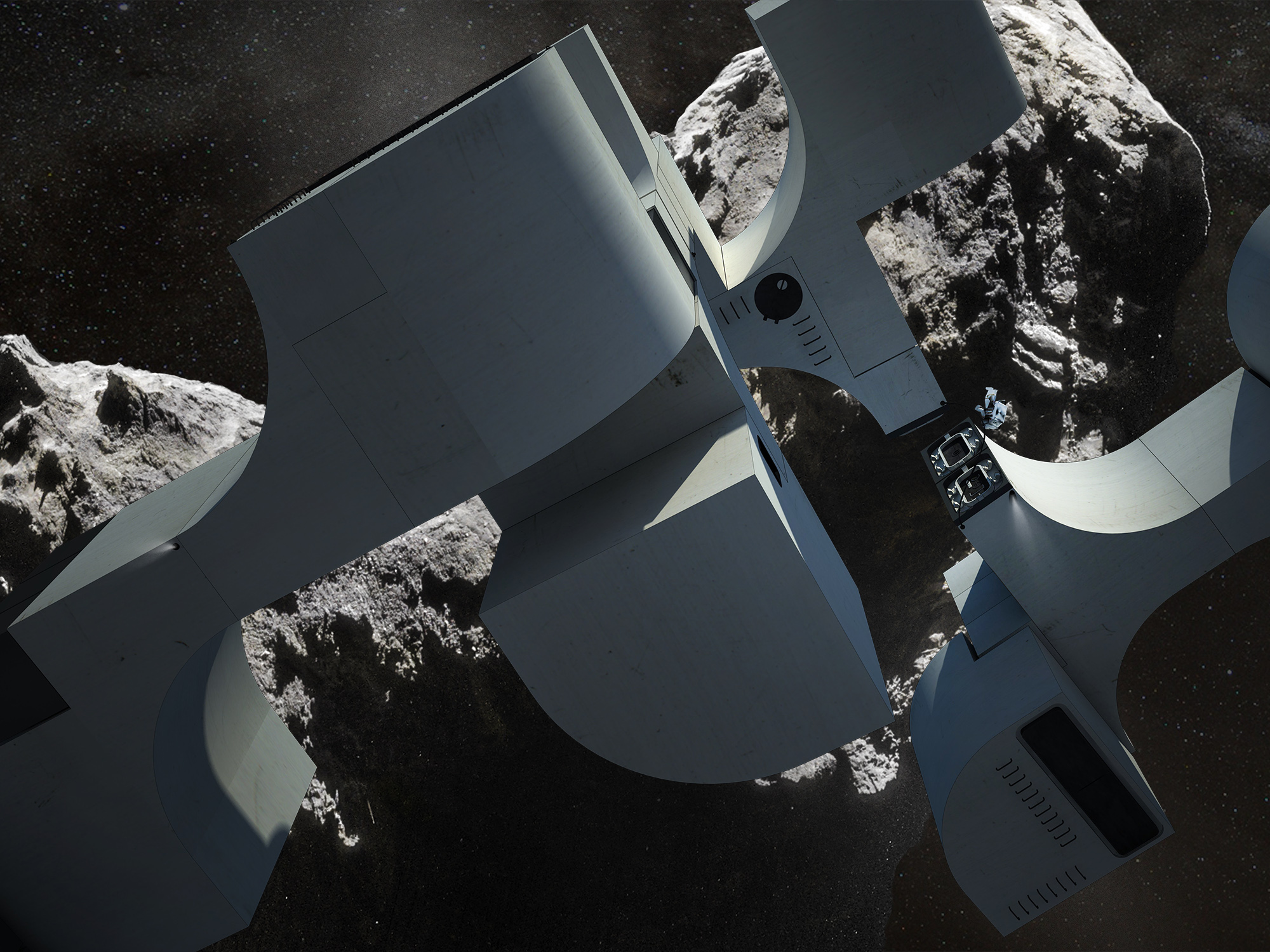
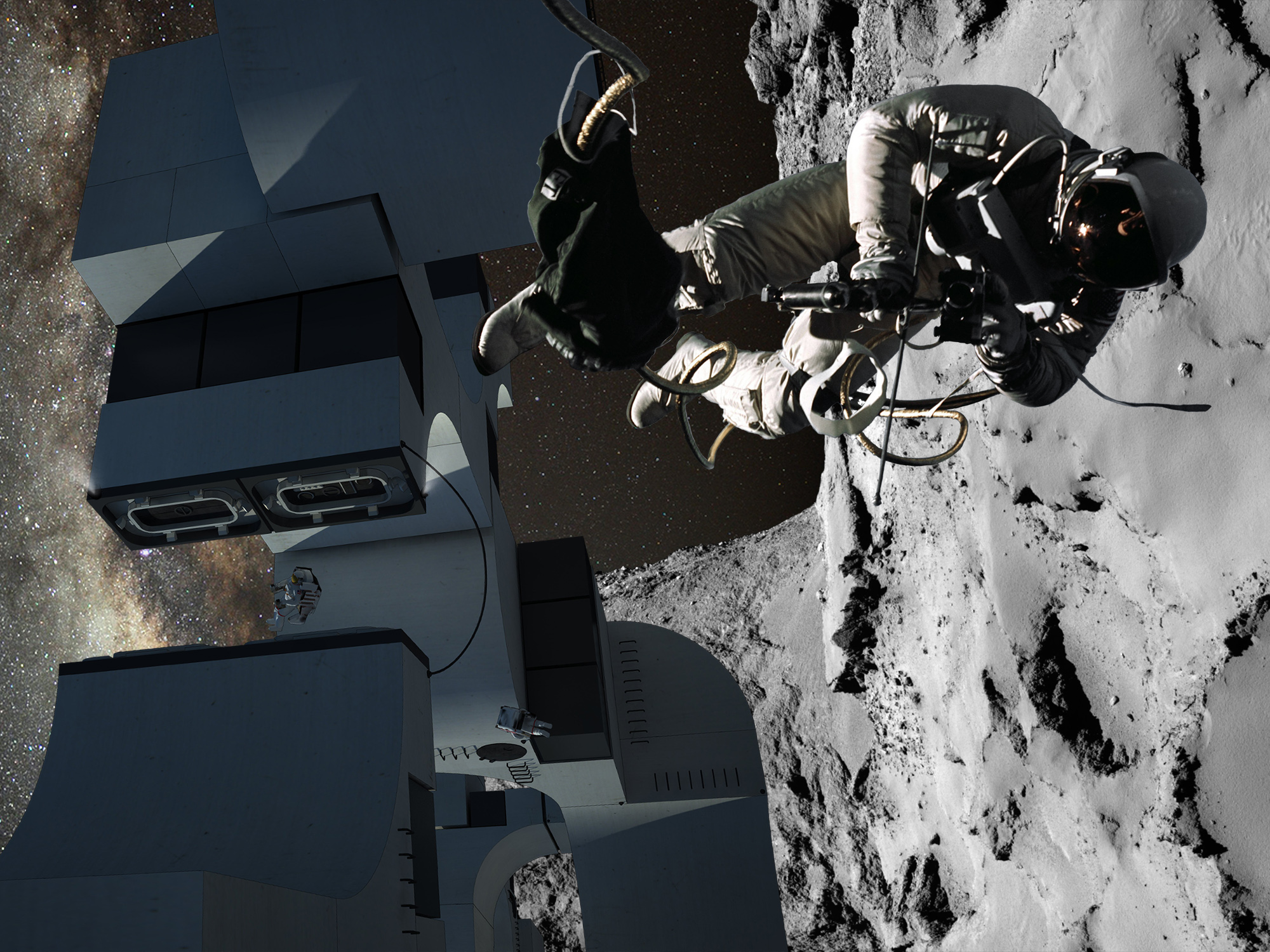
Figures 5,6: Docking components sequence
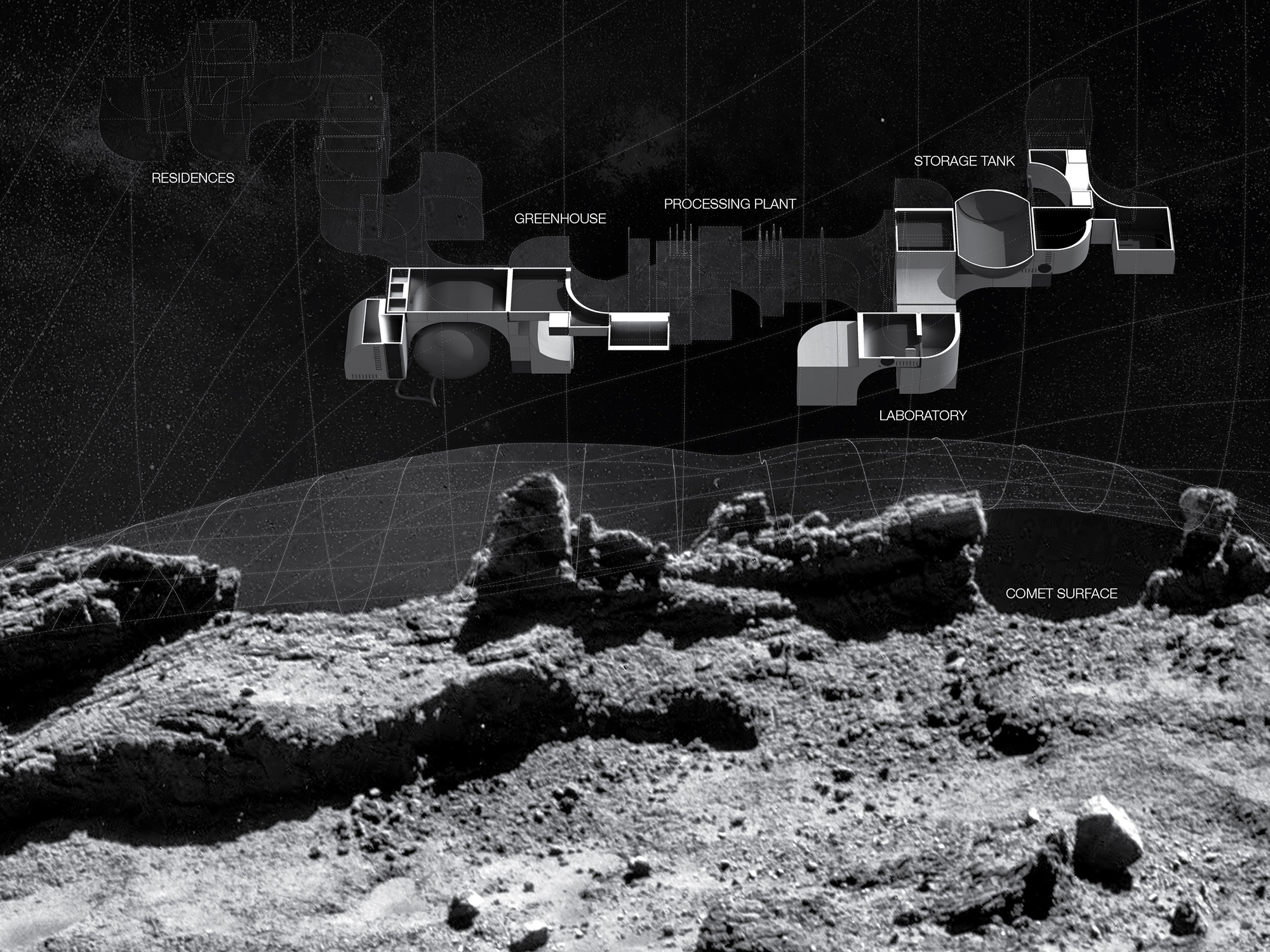
Figure 6: Cross section showing module arrangement
Comet running presents a provocative opportunity to expand our reach in outer space by lowering the cost of long distance space flight. This image series hopes to inspire a new generation of space pioneers.
Image Sources:
Images of Comet 67P/Churyumov-Gerasimenko courtesy of ESA
Image of orbital paths courtesy of NASA/JPL-Caltech
Type: Speculative
Location: Comet 67P/Churyumov–Gerasimenko
Completion: January 2015
Principal: Ostap Rudakevych
